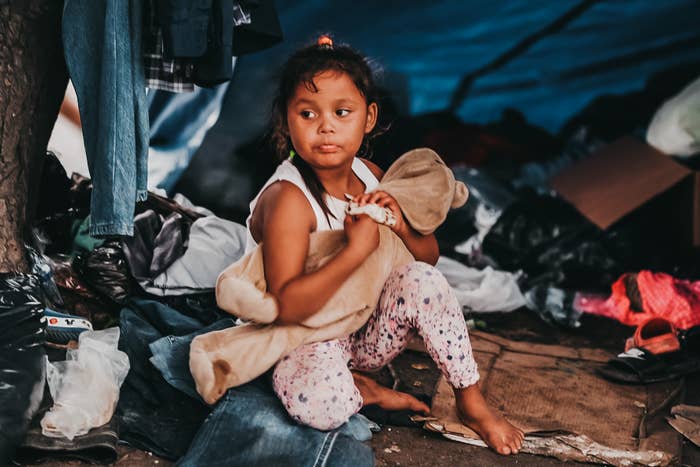In the city of Valle de Sula, children navigate a daily life of constant danger. They are highly vulnerable due in part to gang violence, murder, trafficking, kidnappings and corruption. It’s considered one of the most dangerous places to be a child. We have Childhood Rescue projects here for this very reason.
This year the children have already endured covid. Lock downs extended for months as their community experienced some of the worst infection rates in the country. And now, a natural disaster has taken many of their homes and the minimal belongings they had.

Andr�é Guardiola
As the world watched, waiting to see who would win the US election, Hurricane ETA ripped through Central America as a Category 4 storm with powerful winds of up to 150 miles per hour, unleashing heavy rains, flooding, and landslides.
In Honduras some of the worst affected areas were around, Valle de Sula with 80% of the area underwater.
Thousands of families watched as their homes gave way into flood waters. Many of our Childhood Rescue children live by or on the river banks.
338,563 were directly affected. 10 deaths have so far been recorded. 9 bridges were destroyed. 26 roads severely damaged and infrastructure destroyed. 41 communities are isolated and without any support.
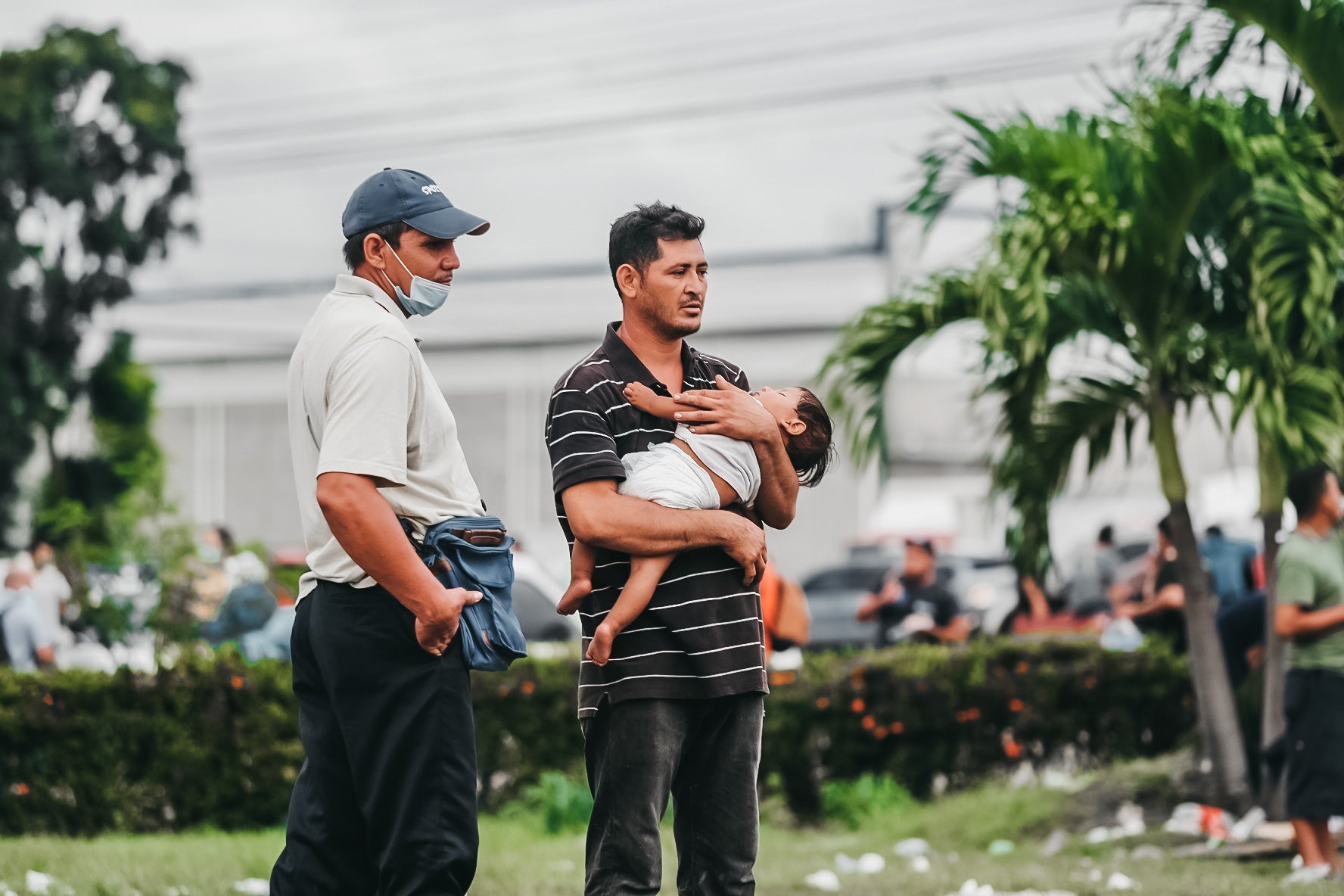
Rafael Zaldivar
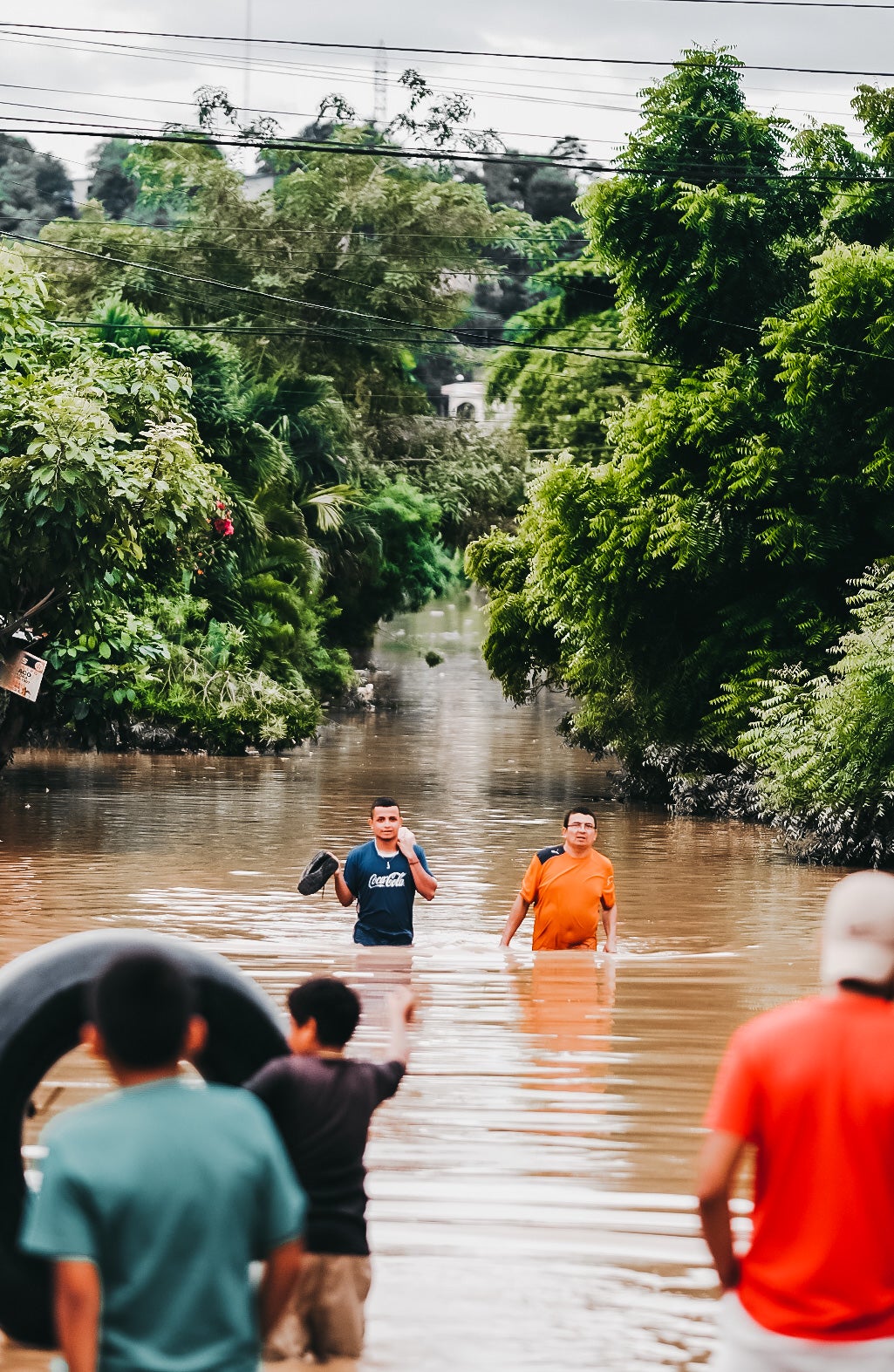
Rafael Zaldivar
For these children and families our priority is to do whatever is necessary to help them survive this disaster. Essential items such as blankets, food, clean water, mattresses and hygiene kits are being distributed. Churches, hotels or school halls are being turned into emergency shelters to ensure children are not left sleeping on the street.
Helping these children to survive is vital. But so are the next steps. Recover.
Emotional and mental (psycho-social) support is being offered as children grapple with ongoing tragedy. Ensuring children have access to child appropriate activities and spaces to help them process and make sense of everything can sound minimal but it makes a huge difference. It also assists in protecting them against further violence, kidnapping, trafficking or falling into gang activity.
Childhood Rescue exists to ensure that the most vulnerable children can survive, recover and build a future. In dangerous and complex places the need and response can change in an instant.
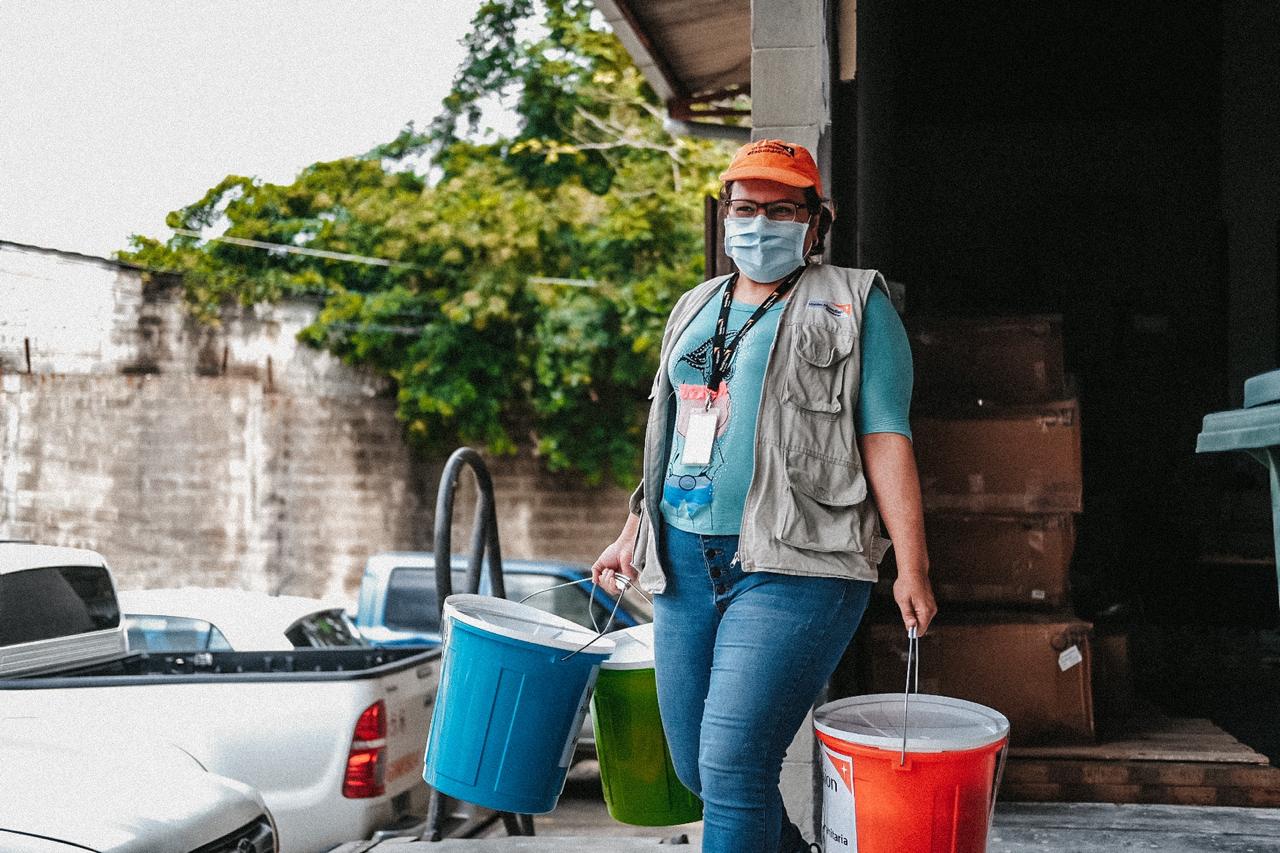
Rafael Zaldivar
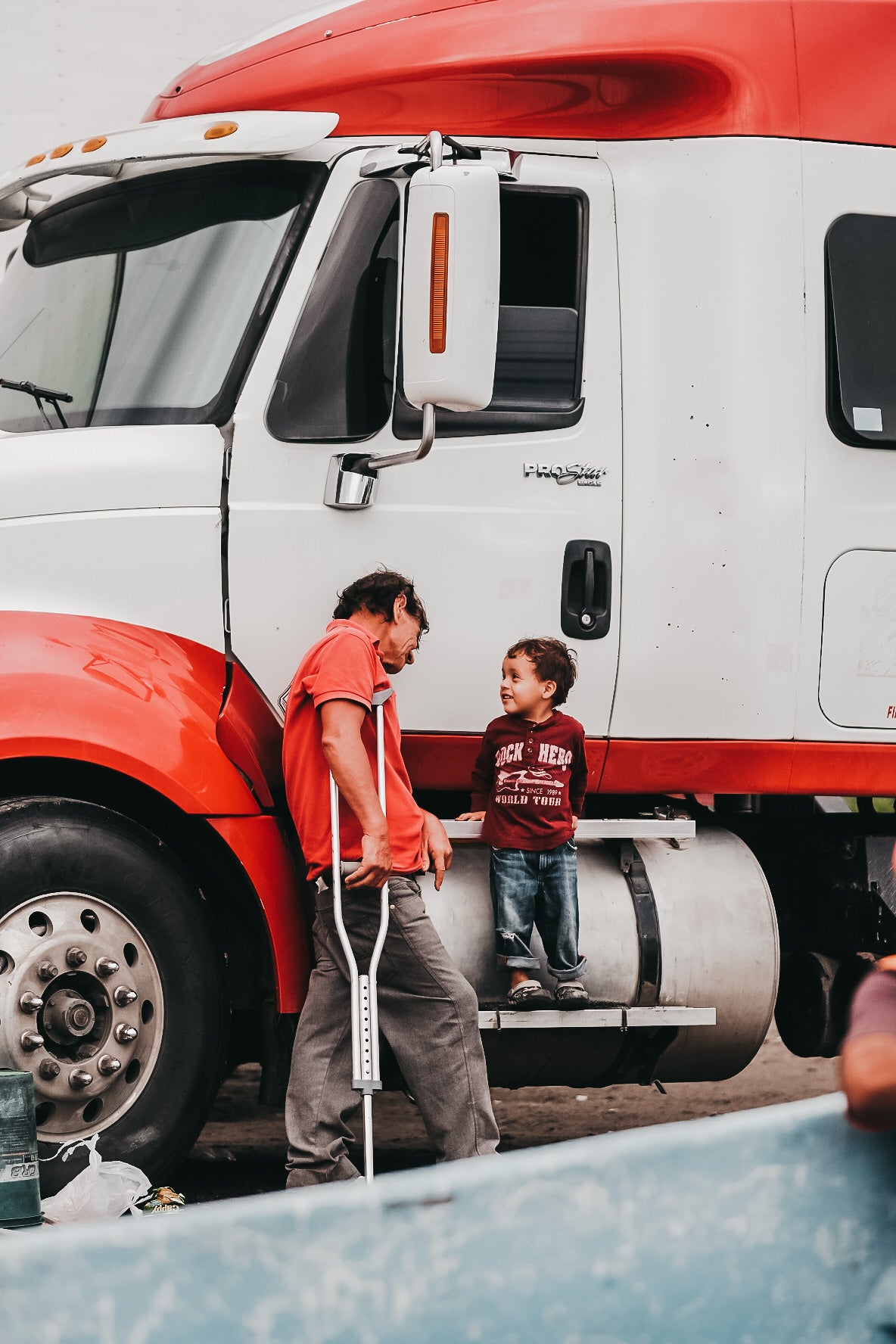
Rafael Zaldivar
